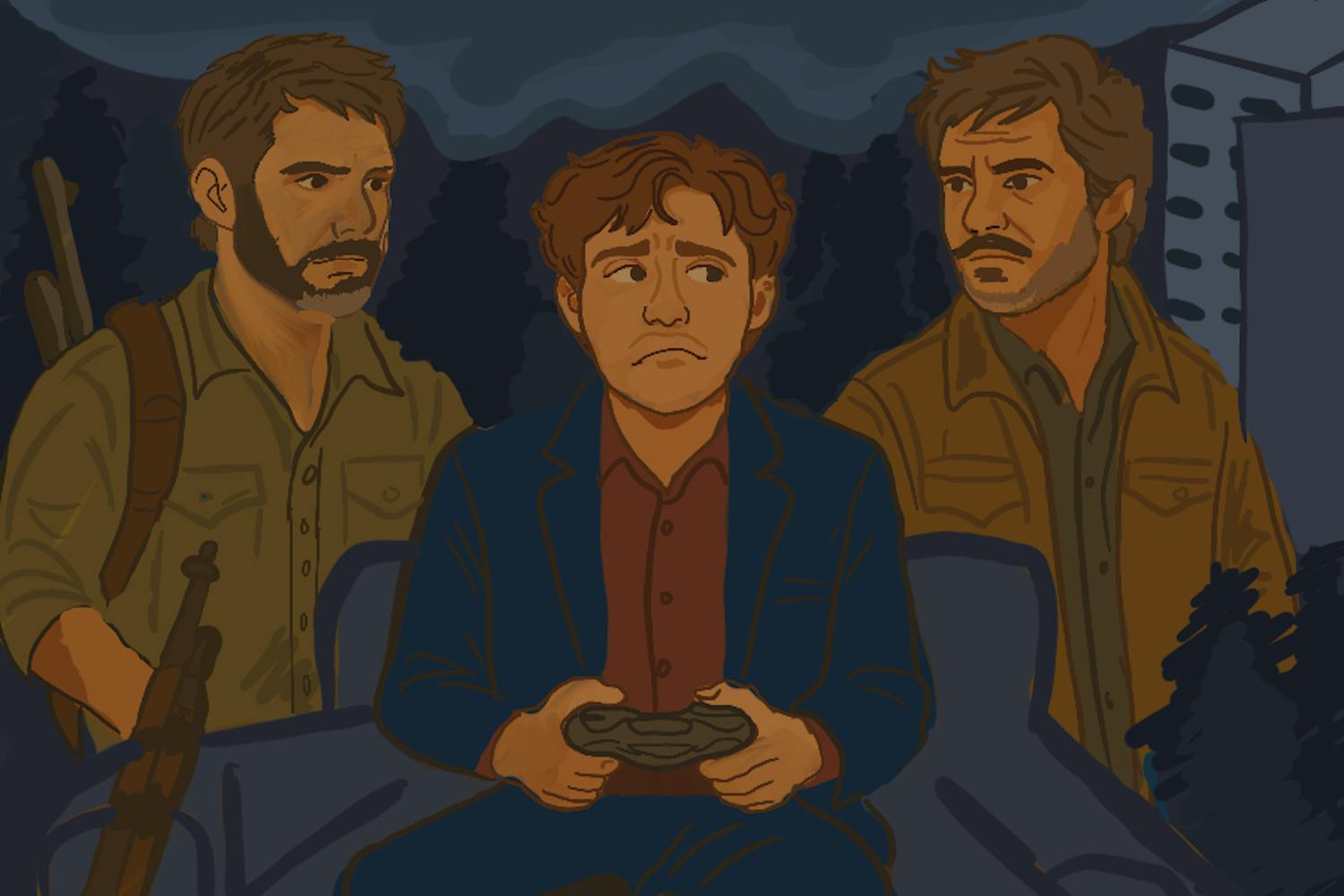"Peter and the Starcatcher" opens with a monologue that pays homage to the disillusioned child -- better known as the 'grown up.' This first scene sets the tone of the play. It openly depicts the disparity between dreams and reality; the way our hopes for the future are often culled into unimportant childhood ramblings. Humor and comedic stunts punctuate the swashbuckling tale. The use of one liners and hyperbole is heavy handed, but fits seamlessly into the fantastical setting. The play is set in a world where the star-catching profession is rare, but incites awe in those who seek to understand it.
The play uses a surprising number of human props for transitions and scene changes. It's a wonderful display of resourcefulness and creativity. It mixes themes from popular culture with an environment that inspires the imagination.
Another praise-worthy aspect of "Peter and the Starcatcher" is the age-appropriate dialogue of the characters. The playwright writes for the nonsensical, petulant minds of 13 year olds. Molly’s stubborn refusal to bow down to Peter, Ted and Prentiss plays perfectly in the role of rebellious teenagers.
Prentiss’s constant need for validation rings true for any child entering adolescence. While Ted’s primary purpose was comic relief, many teenagers can relate to the side effects of puberty, chief among them, the unrelenting hunger Prentiss feels.
In addition, "Peter and the Starcatcher" differentiates itself from other plays because of the lack of a singular hero.
Peter, the focus of the story, takes center stage as the lauded hero, but without his friends and Molly that opportunity would not exist. Furthermore, Molly is a point of contention during the play.
During the performance, misogynistic commentary makes its way onto the stage and is cleverly dealt with by the end of the second act. The author makes it clear that Peter and Molly are both equals in the end and that her strength is what made Peter want to 'save the world'.
In the end, when fish are transformed into mermaids and Peter renames Mollusk Island to Molly’s Island, the audience is presented with the hero from another tale. It took two hours to spin the backstory of Peter Pan.
From leaders to bedtime stories, the play demonstrates a need for humans to have a cause. We get to see what the world would be like without dreams or a place to belong. Peter Pan is the orphan who never wanted to grow up. Adults should feel privileged to see his story from an adult perspective. Every once in a while, it's nice to have a little "star dust" in our lives.
Reach the reporter at Stephanie.Tate@asu.edu or follow her on Twitter @StephanieITA



